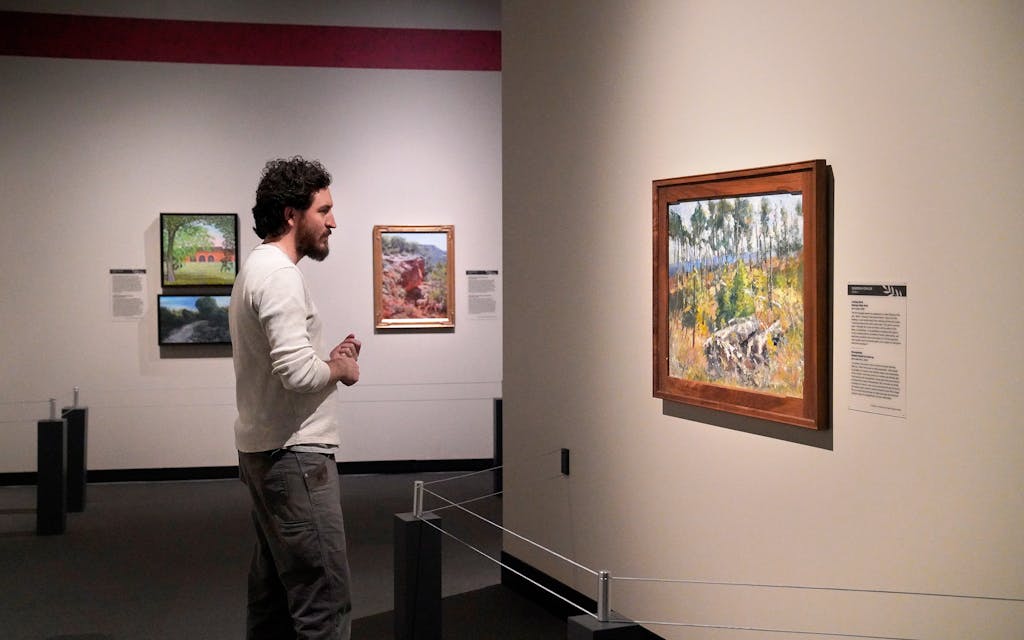The eco-friendly comet that is having to pay a rare check out to our sector of the solar technique carries on to streak nearer to the Earth, so the last days of January may be the very best time to catch a glimpse — or snap a photo of this previous cosmic snowball.
That is the phrase from astronomy experts, who take note that time could be running brief for looking at the comet mainly because the moon will before long be growing brighter and including much too substantially gentle to the evening sky.
The moon will be 38{9141b9fb46ef1fe08e850cdf18333f9b19cbfd00ac04c9f49c95b0632da46ee3} illuminated Friday evening, Jan. 27, as it is in its waxing crescent section, in accordance to MoonGiant.com. It will be 48{9141b9fb46ef1fe08e850cdf18333f9b19cbfd00ac04c9f49c95b0632da46ee3} illuminated Saturday night time, in its quarter phase, and 59{9141b9fb46ef1fe08e850cdf18333f9b19cbfd00ac04c9f49c95b0632da46ee3} illuminated Sunday evening, in its waxing gibbous period. The moon will flip wholly whole on Feb. 5.
If you want to see this unusual comet — officially identified as Comet C/2022 E3 (ZTF) — or capture a image with your digicam, below are some ideas from astronomy experts.
Photo guidelines from Adorama.com
Adorama.com features this assistance to sky watchers in New Jersey, Pennsylvania and other sections of the northern hemisphere:
“You’ll want to appear at Polaris, or else acknowledged as the North Star. If you have under no circumstances looked for the North Star ahead of, to start with locate the Massive Dipper, which is shaped like a big dealt with spoon. On the cup portion of the Huge Dipper, two stars will issue to Polaris, which comes about to be the take care of of the small dipper. The comet really should be in this vicinity in its brightest gentle around the close of January.”
Industry experts say the most effective time to look for the comet is throughout the late night time and pre-dawn hrs.

A exceptional eco-friendly comet, identified as Comet C/2022 E3 (ZTF), is noticed in this picture taken by Mario Guarcello of INAF, the Italian Nationwide Institute for Astrophysics.Mario Guarcello | INAF
Photo guidelines from Astronomy.com
For stargazers who are fascinated in getting pics of the exceptional comet, listed here are a number of recommendations from Astronomy.com:
- Use a tripod, set your digital camera to handbook method, and use a remote release or time-hold off for the shutter so you do not jostle the picture.
- Target on a brilliant star, the moon or the comet alone.
- Established your aperture to the widest worth, the least expensive f-variety.
- Set the ISO involving 400 and 800 for shiny comets, and higher for fainter kinds.
- Experiment with publicity situations, typically 15 seconds or much less to stay away from stars turning into lines.

A rare green comet, identified as Comet C/2022 E3 (ZTF), is observed in this image taken by New Jersey astronomy photographer Chris Bakley in Cape Could County on Jan. 24, 2023.Chris Bakley
Picture guidelines from N.J. astronomy photographer
Chris Bakley, an astronomy photographer from Cape May well County, not long ago captured some impressive shots of the inexperienced comet (which include the just one over). He stated he did not use a telescope, just a regular camera and lens setup — a Sony A7S camera with a 135 F2 lens.
He endorses working with this machines and these configurations, if the comet does not considerably brighten during the future handful of days:
- “Large aperture telephoto lens and any mirrorless or DSLR digital camera. The more time the lens, the much easier it is for the stars to start trailing in extensive exposures. So, you want to continue to keep the exposures as prolonged as you can (without having looking at the stars start to trail) and use substantial ISO’s to compensate. I applied a shutter pace of 4 seconds, iso 2000 and aperture f2.”
- “Once the pinpoint stars develop into traces, then that’s as well extensive of an publicity.”
- “The comet isn’t visible to the bare eye or wide-angle lenses just nevertheless. The brighter the comet receives, the less complicated it will be to location and capture. If you just take a large-angle photo with your telephone of the Huge Dipper and see a little eco-friendly star seeking object, which is the comet. I undoubtedly propose providing it a shot the upcoming clear night time we get.”
- “The comet was simply spotted (before this 7 days) with the digicam starting up at 10 p.m. in the north involving the Big and Tiny Dipper. It will be in that standard spot all night time, but shift marginally increased in the sky and far more north as the night time goes on. It can be spotted with large-electricity telescopes and binoculars or huge-aperture telephoto lenses on cameras as of suitable now. Its brightness has elevated the last number of days and I feel it will carry on to do so for the future several days as very well.”
Thank you for relying on us to deliver the local news you can belief. You should take into account supporting NJ.com with a subscription.
Len Melisurgo might be attained at [email protected].
Have a information tip? Explain to us at nj.com/recommendations.
